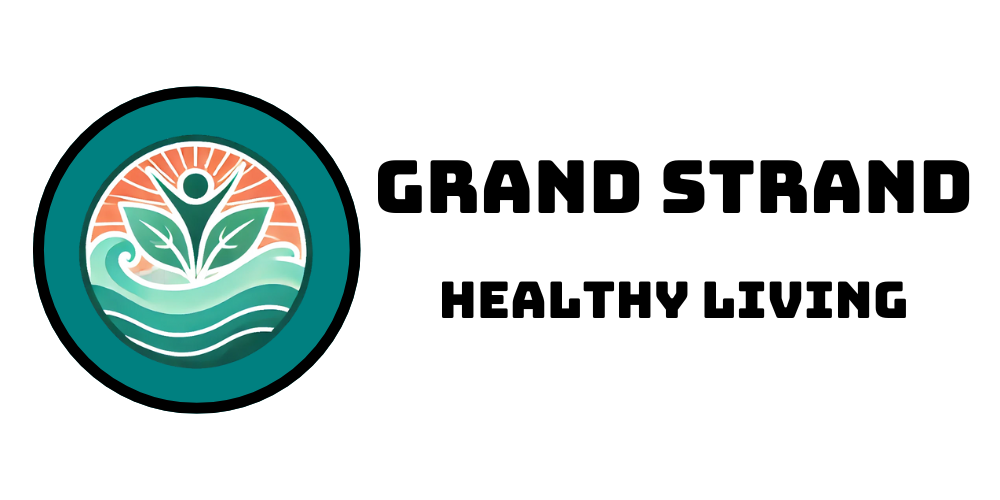
Community Concern for Public Health: The Impact of CDC Layoffs
On a recent Friday, the Centers for Disease Control and Prevention (CDC) faced a crisis, as recent layoffs decimated its workforce, particularly in crucial areas like respiratory diseases and global health. Nearly 70 members of the CDC’s famed Epidemic Intelligence Service were let go, which experts fear could severely undermine the agency's ability to address public health emergencies, especially during respiratory season when viruses like COVID-19, the flu, and RSV peak.
Historical Context: The CDC’s Evolution
Formed in 1946, the CDC has become a linchpin of U.S. public health, tracking and responding to various infectious diseases. Over the decades, the CDC has evolved to confront non-communicable diseases, adapting its priorities in response to shifting health issues. But recent events have jarred this important institution, drawing concern about its future effectiveness, especially as public health infrastructure faces an unprecedented strain.
The Current State of Public Health
The recent mass firings mark a troubling chapter for the CDC. Experts have emphasized that the loss of experienced staff, who actively monitor diseases like tuberculosis and flu, creates a potential gap in the United States’ public health defenses. This comes at a critical juncture where effective communication and timely responses can mean the difference between an outbreak being contained or spiraling out of control. Beyond the immediate impact of the layoffs, the loss of the Morbidity and Mortality Weekly Report (MMWR) hobbles the CDC’s ability to inform and educate the public about health threats.
What's Next for Public Health?
As the CDC grapples with these changes, the consequences extend beyond just the agency itself; they reverberate through local health departments and clinics in communities like Myrtle Beach, North Myrtle Beach, and Litchfield Beach. Community health education and testing programs that rely on CDC research will likely suffer, threatening the well-being of residents across the Grand Strand.
Emotional Toll on Public Health Workers
For those who remain, the layoffs evoke a sense of loss and anxiety. Many public health workers, already strained by the COVID-19 pandemic, face added pressure as their roles become more precarious amid the changes at the CDC. As local officials scramble to fill the gaps left by terminated staff, they express fears that public health initiatives may become even more challenging to sustain. The emotional impact on both public health advisors and community members is palpable, particularly in a region where many families rely on accessible healthcare information.
Empowering Communities Through Knowledge
Residents in our local areas need to understand these changes. By staying informed about public health resources, residents of the Grand Strand can advocate for continued support for local health departments that were already struggling. Engaging with community health services, sharing knowledge about new health initiatives, and reinforcing connections with local healthcare providers can help maintain a safety net for all residents during these trying times.
As the CDC faces an uncertain future, it highlights the importance of every community remaining vigilant about their health and wellbeing. Understanding the implications of these changes can empower residents—from Pawleys Island to Murrells Inlet—to play an active role in promoting public health and advocate for the resources necessary to achieve it.
 Add Row
Add Row  Add
Add 





Write A Comment